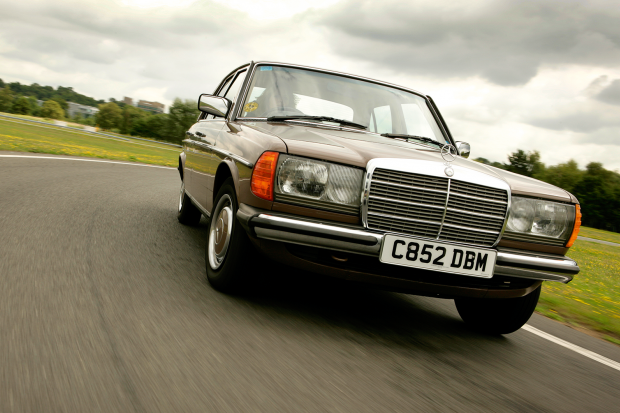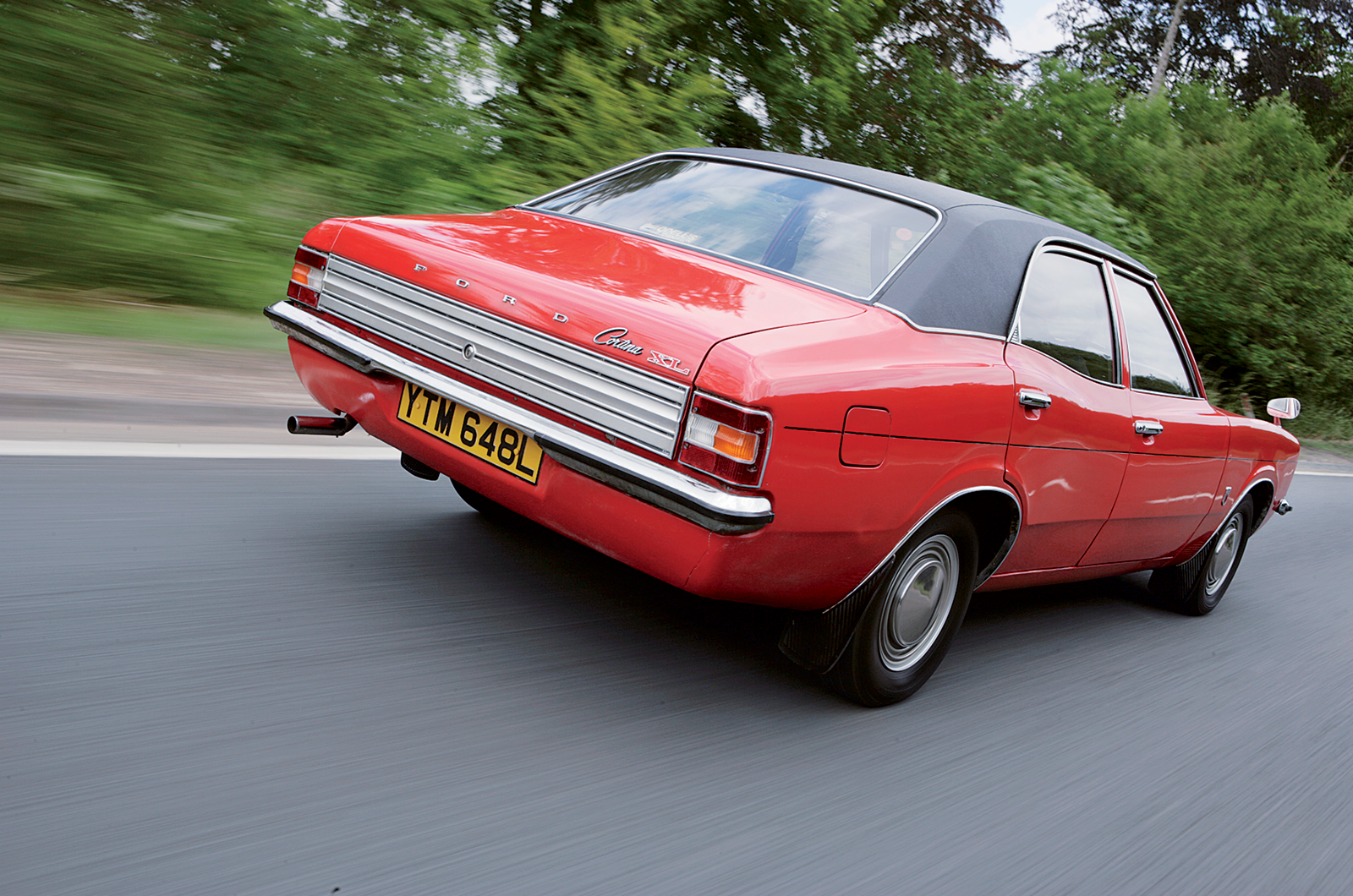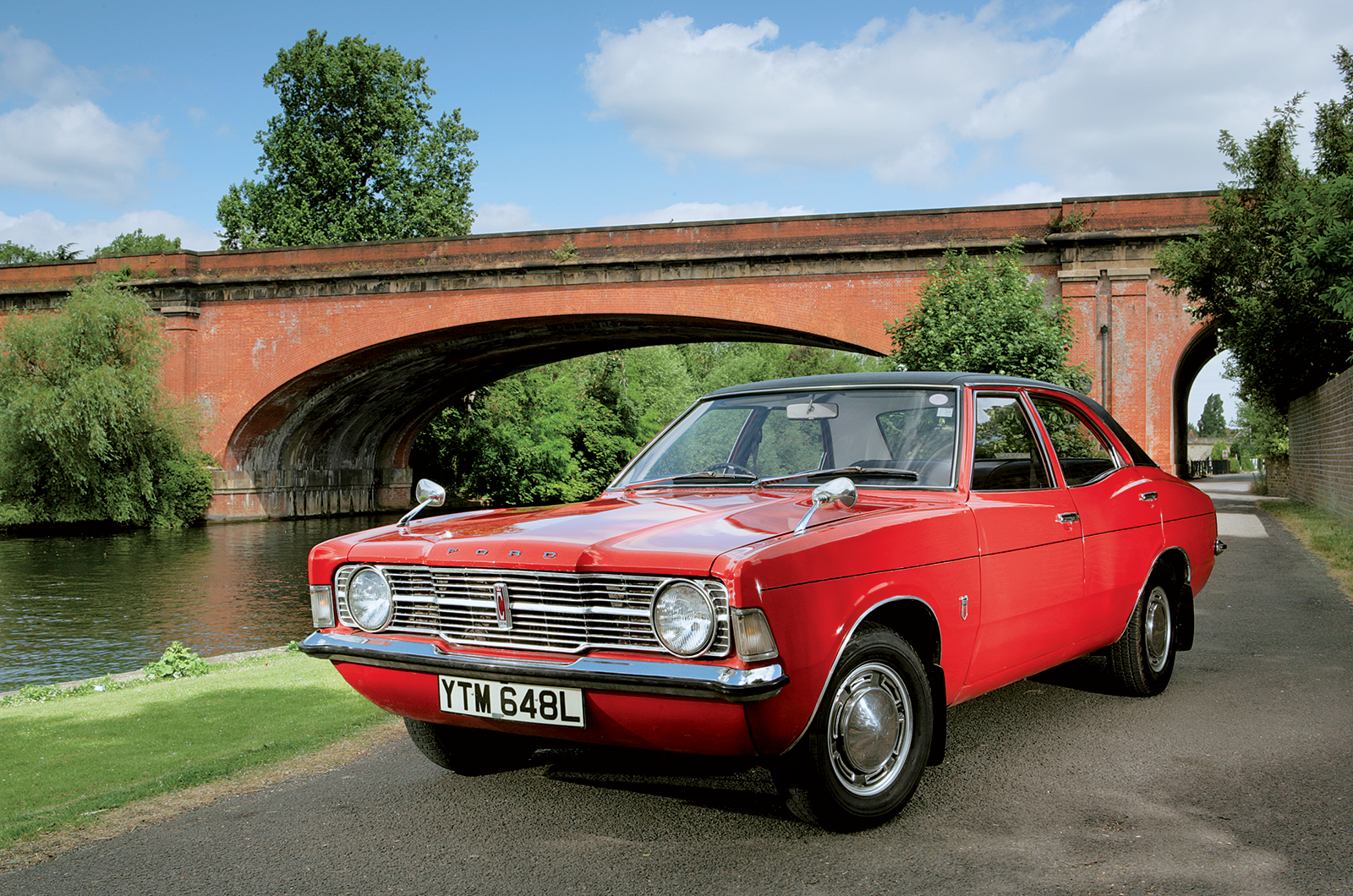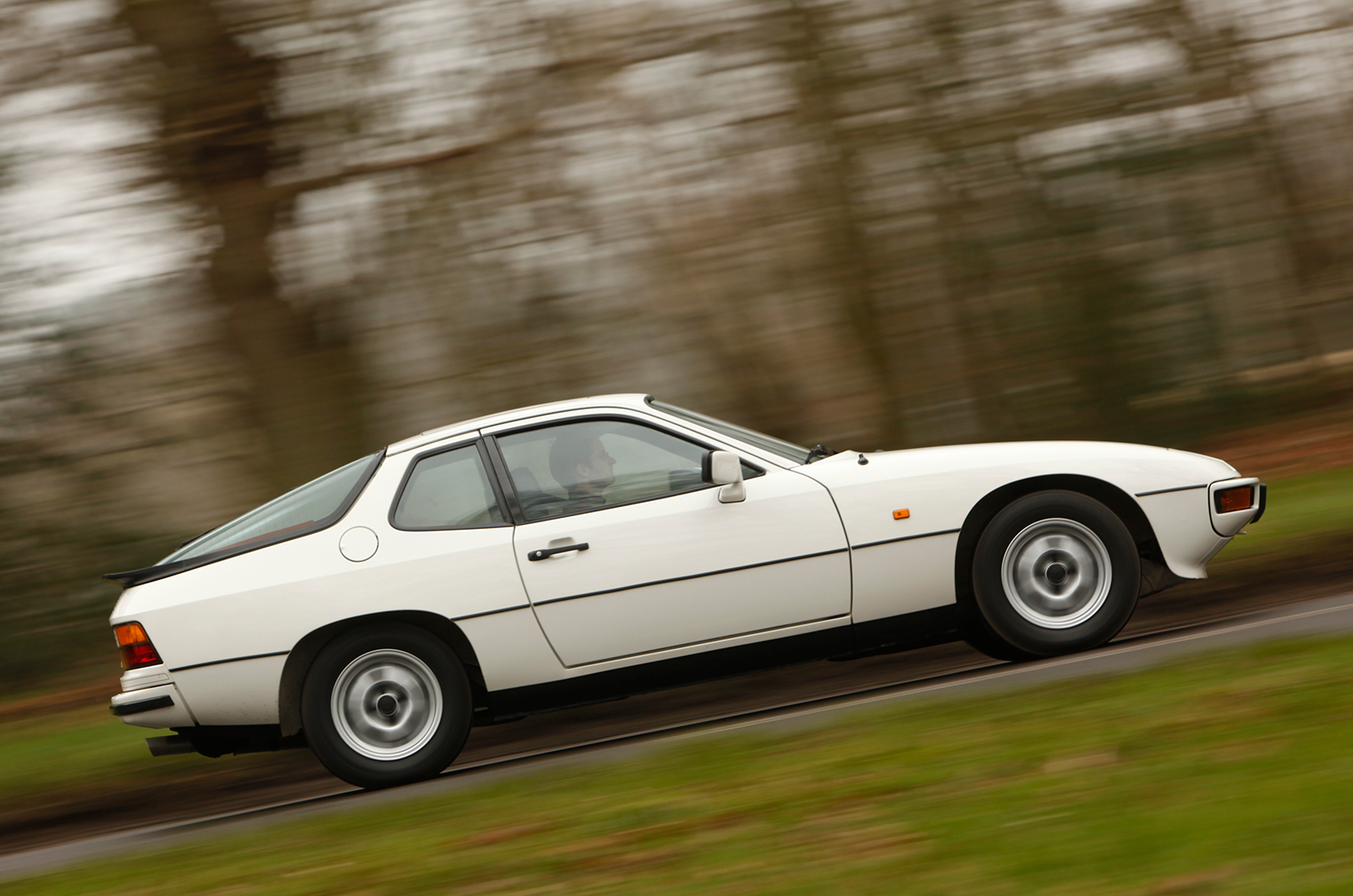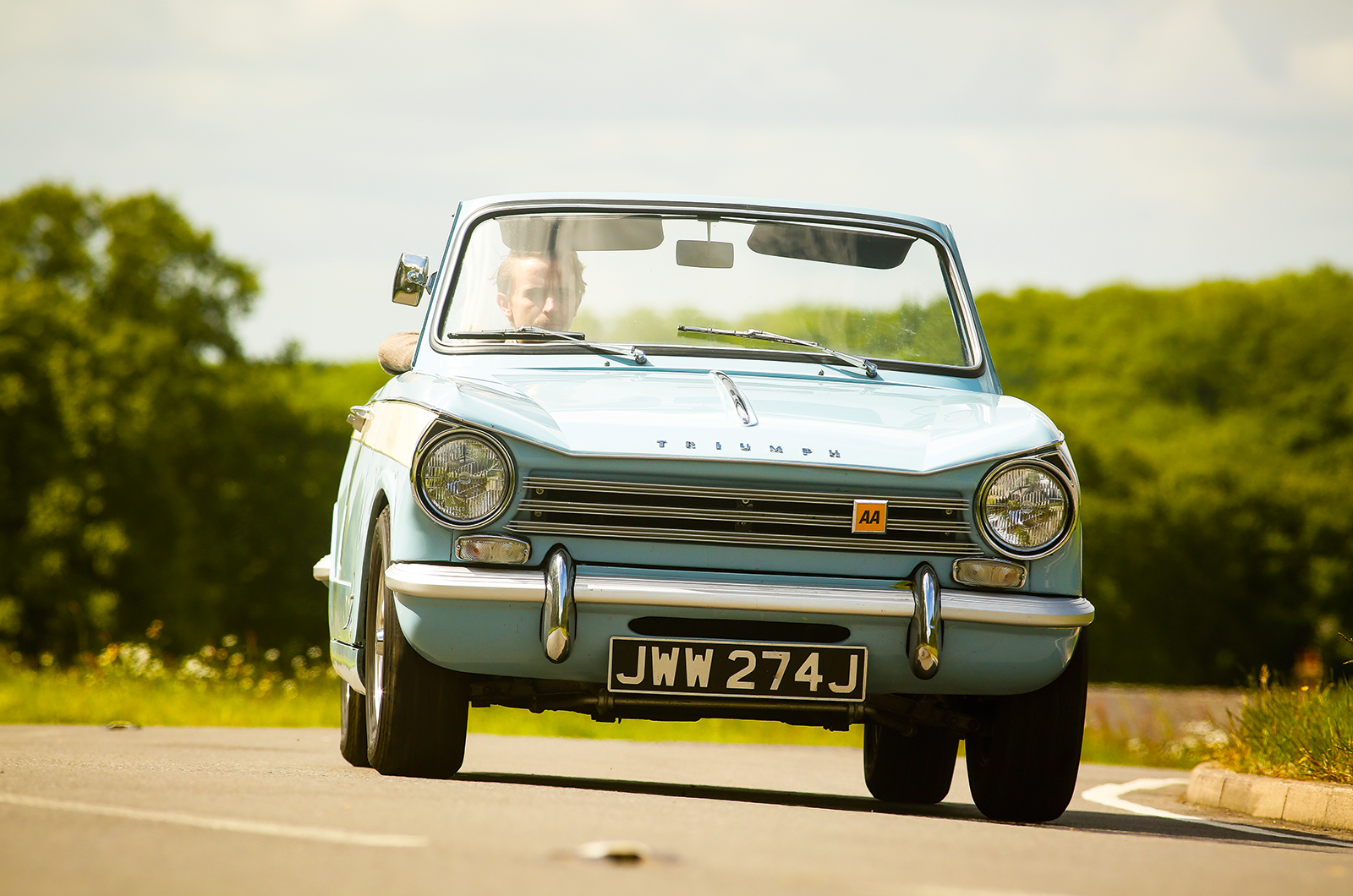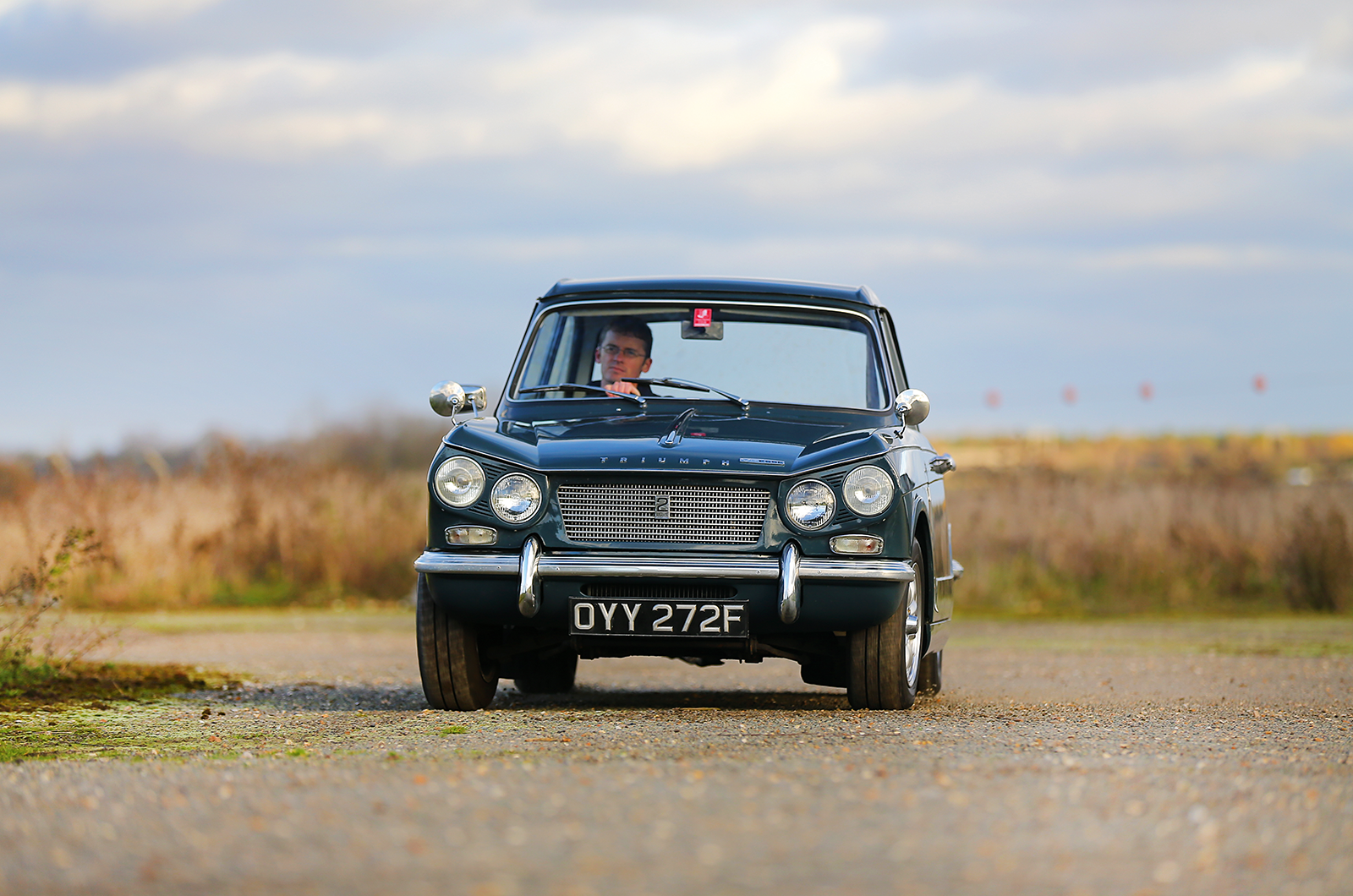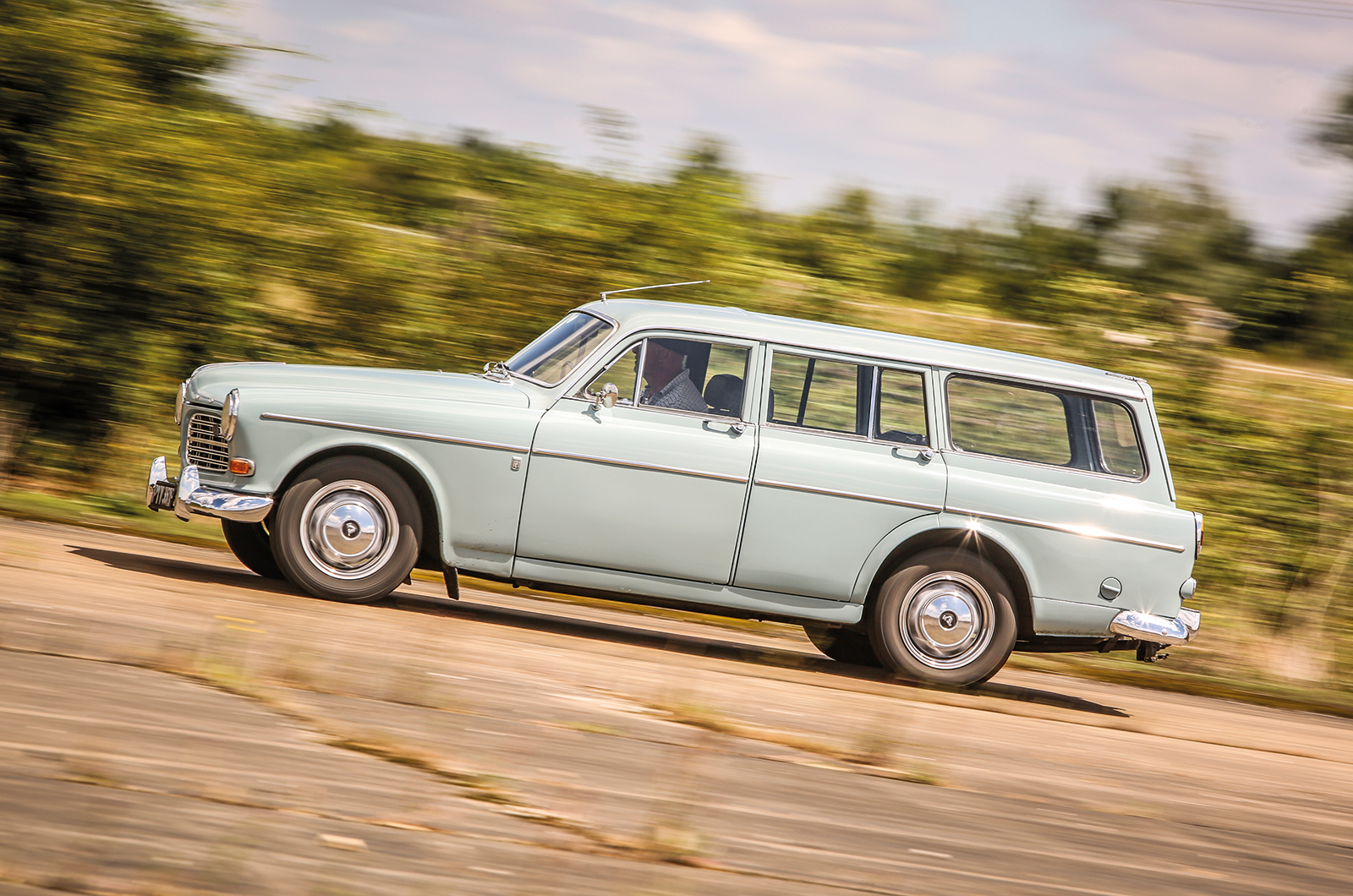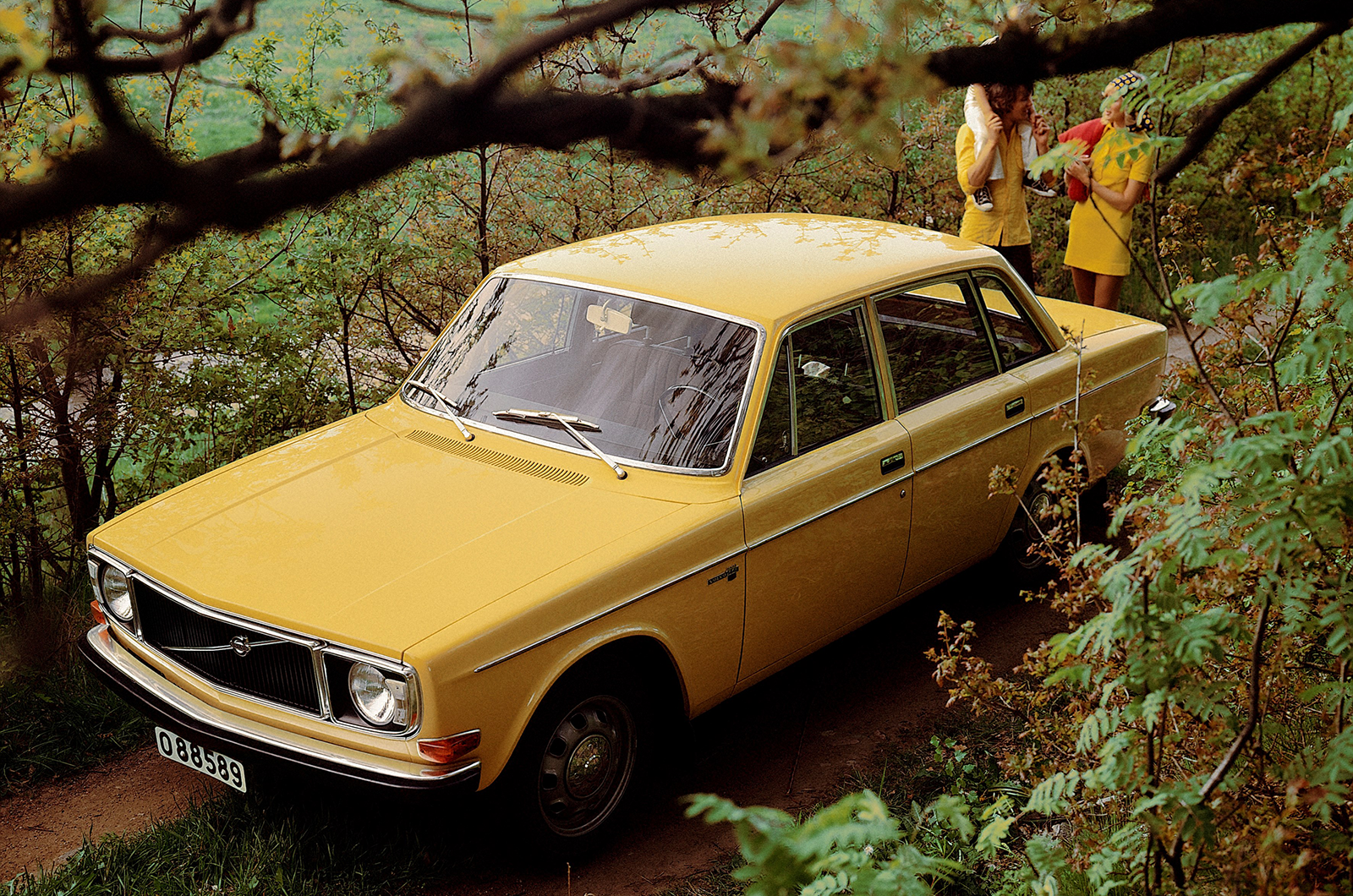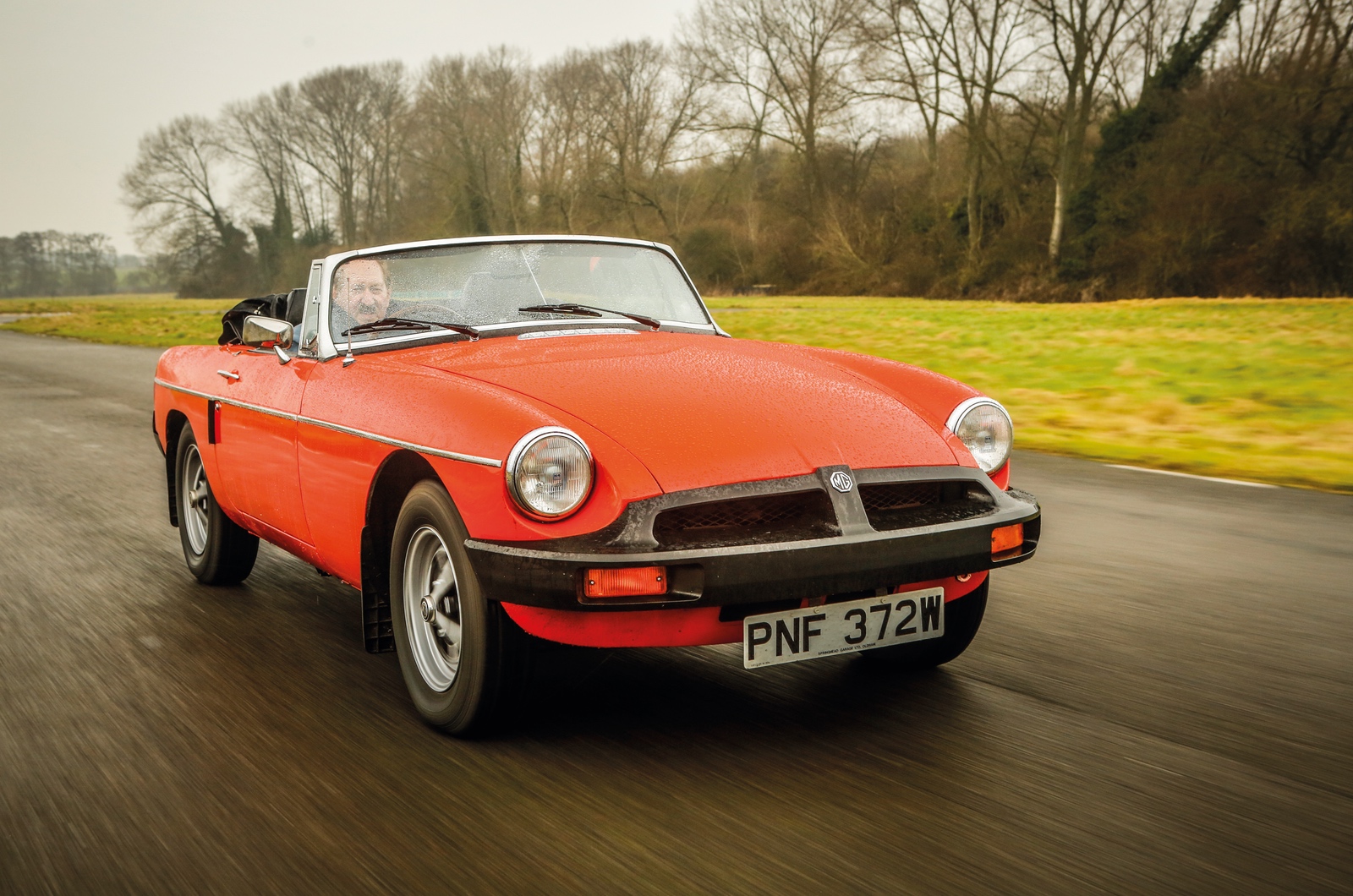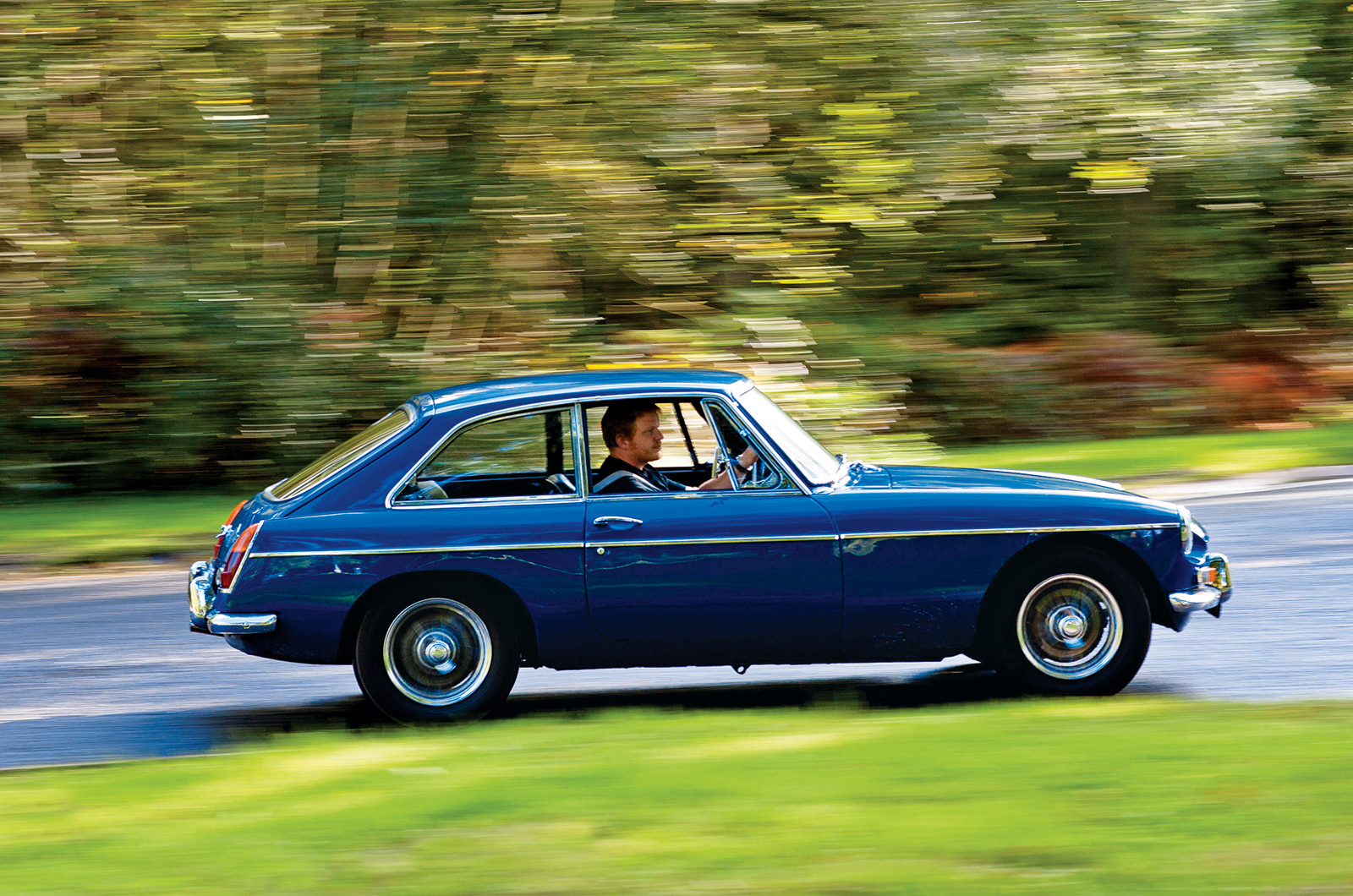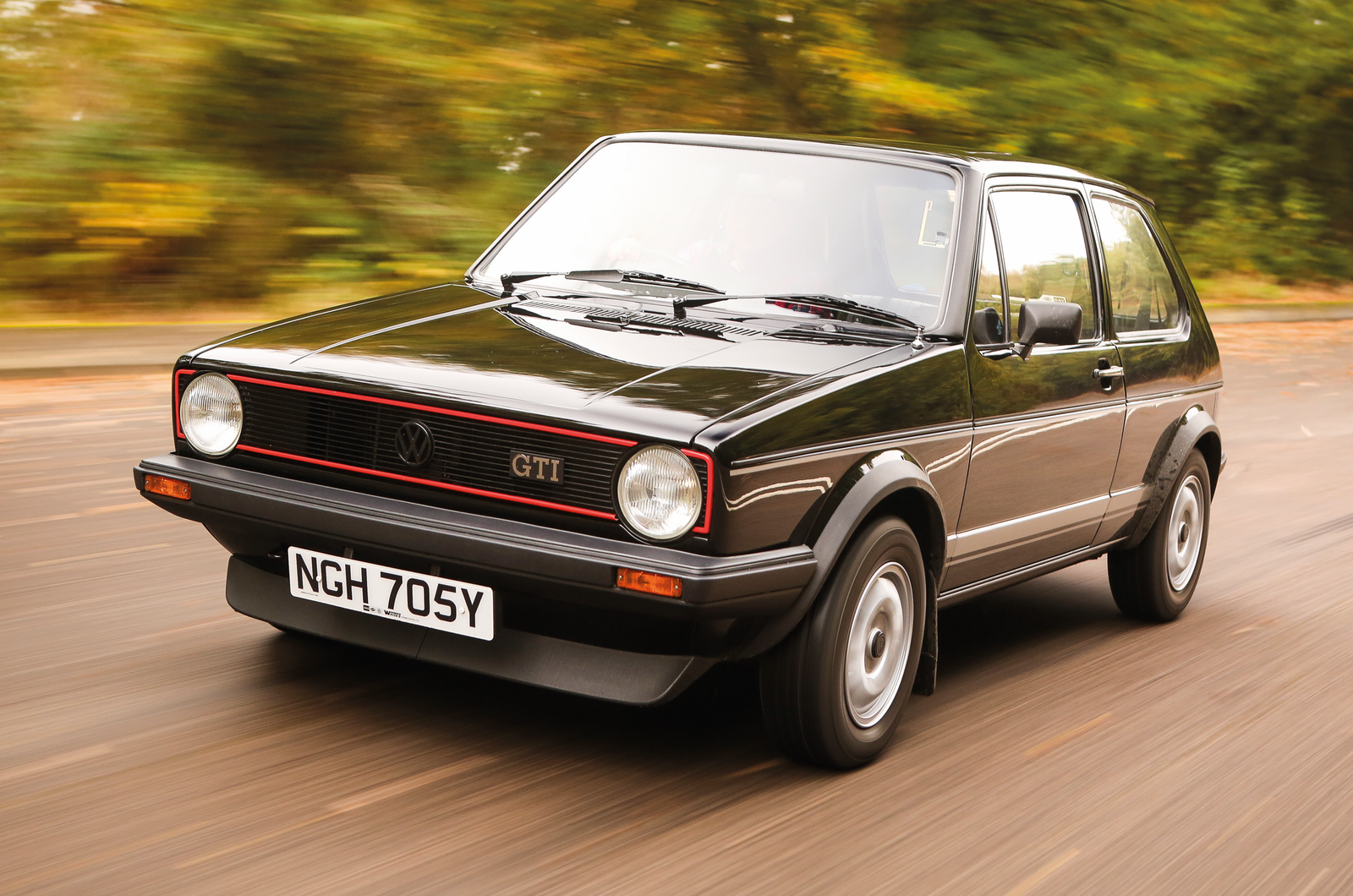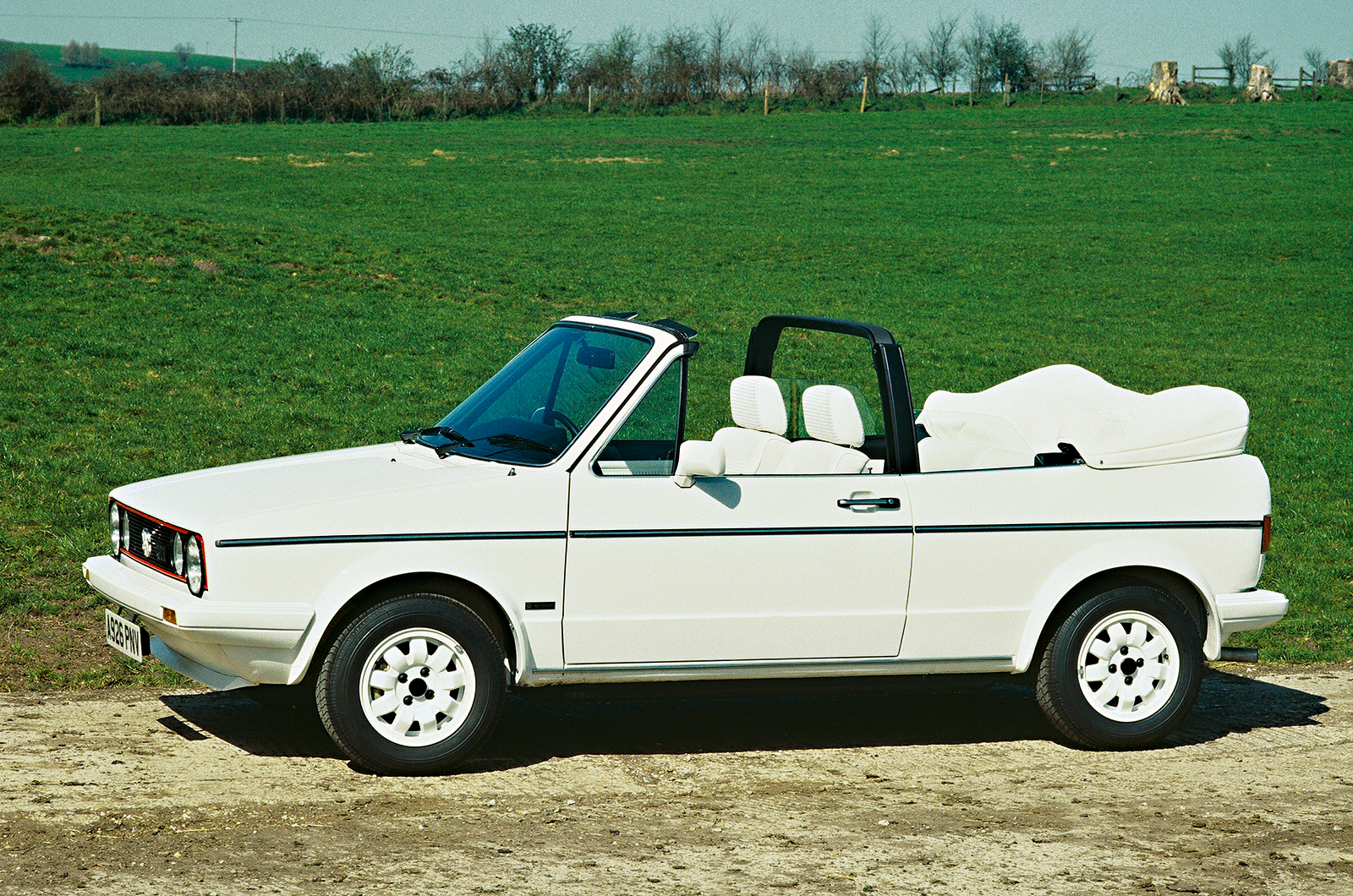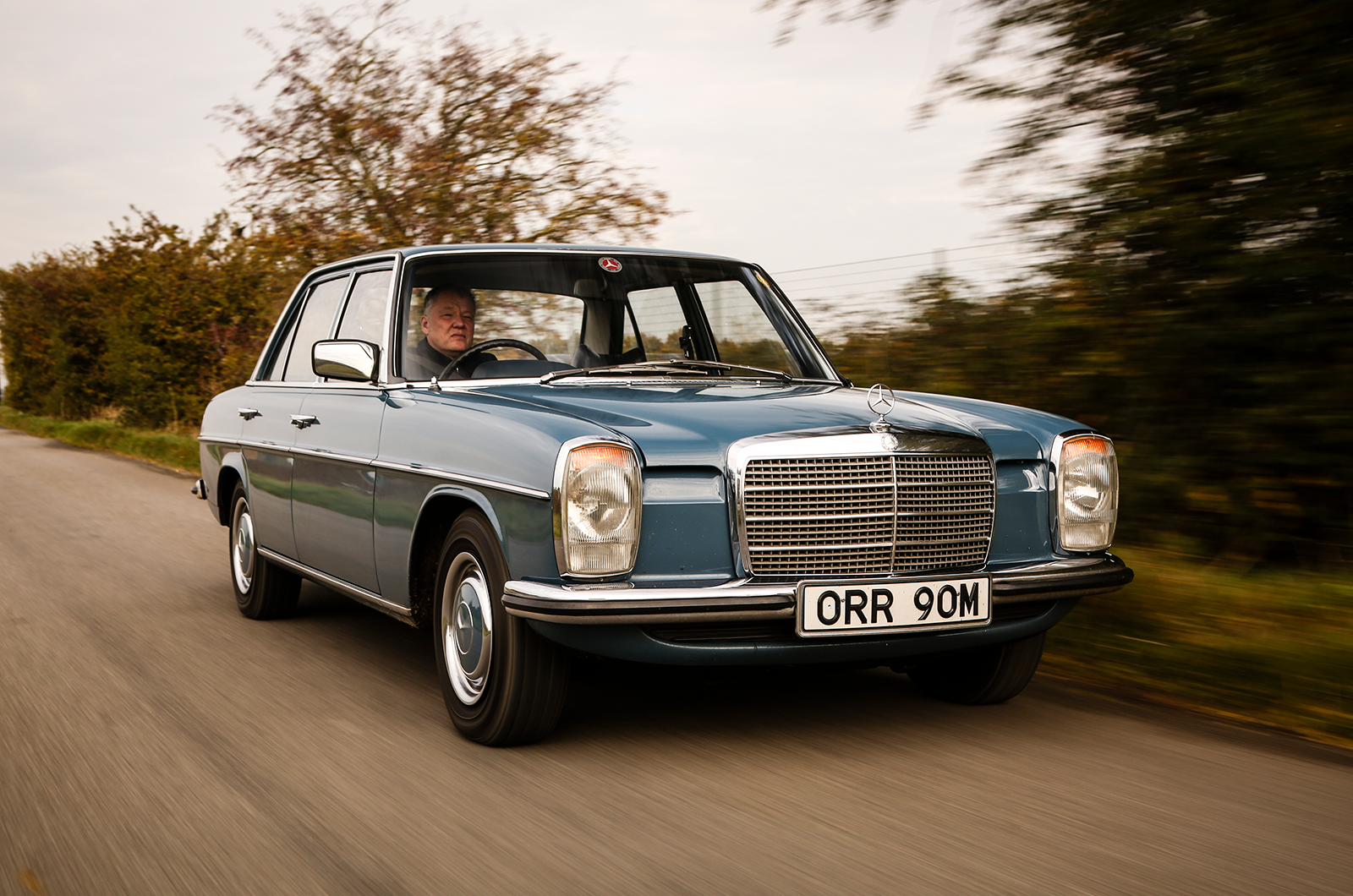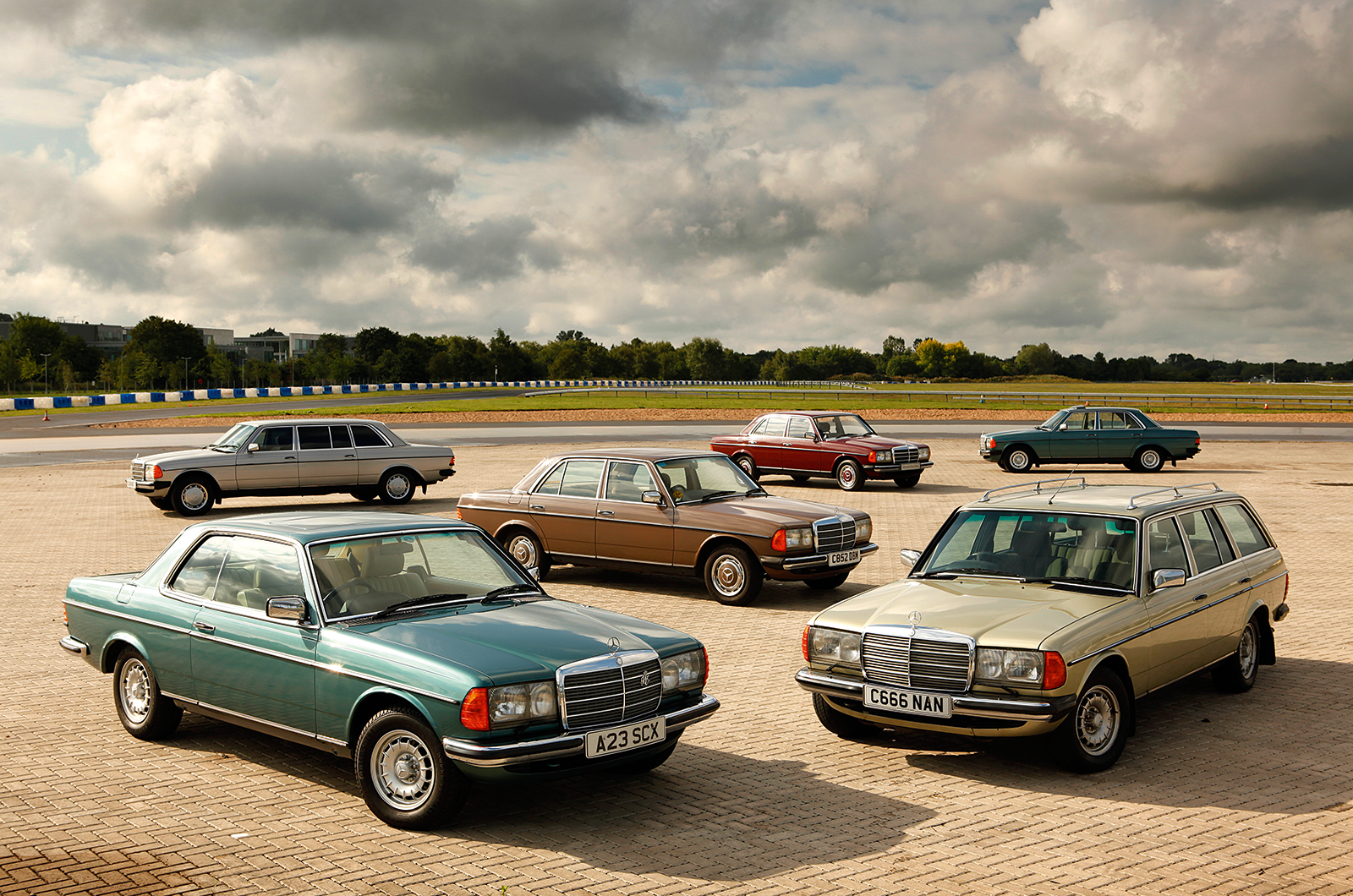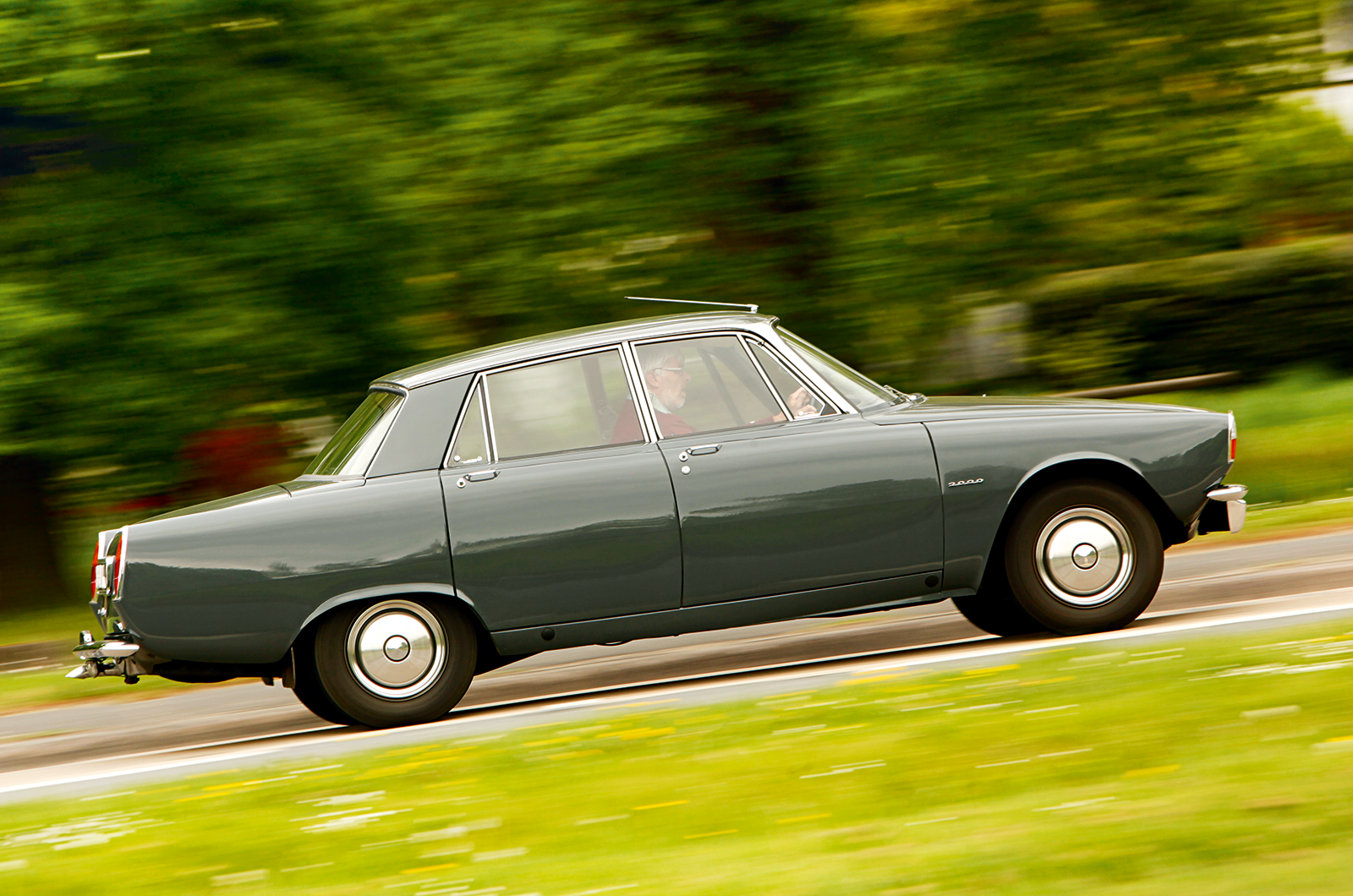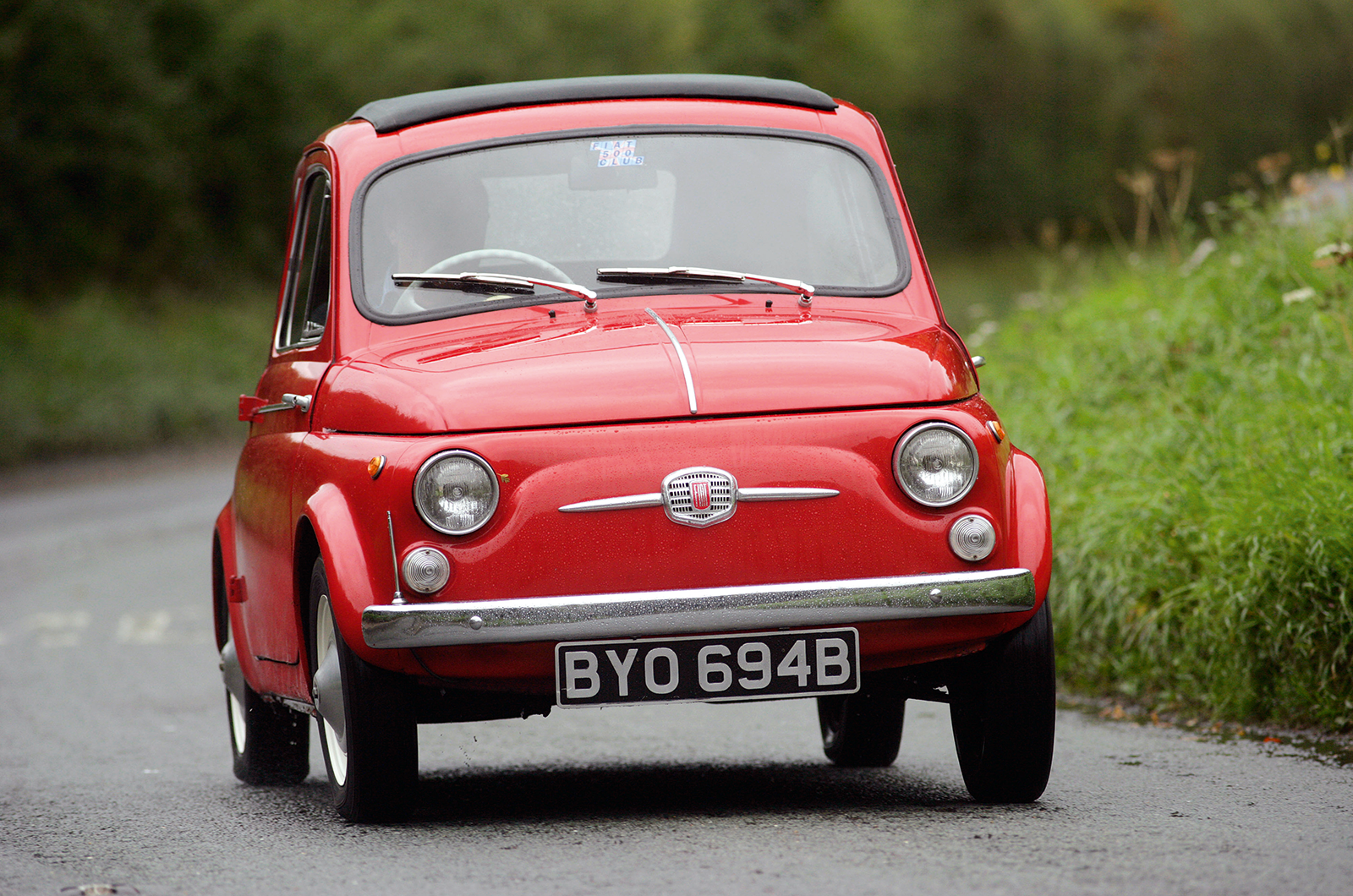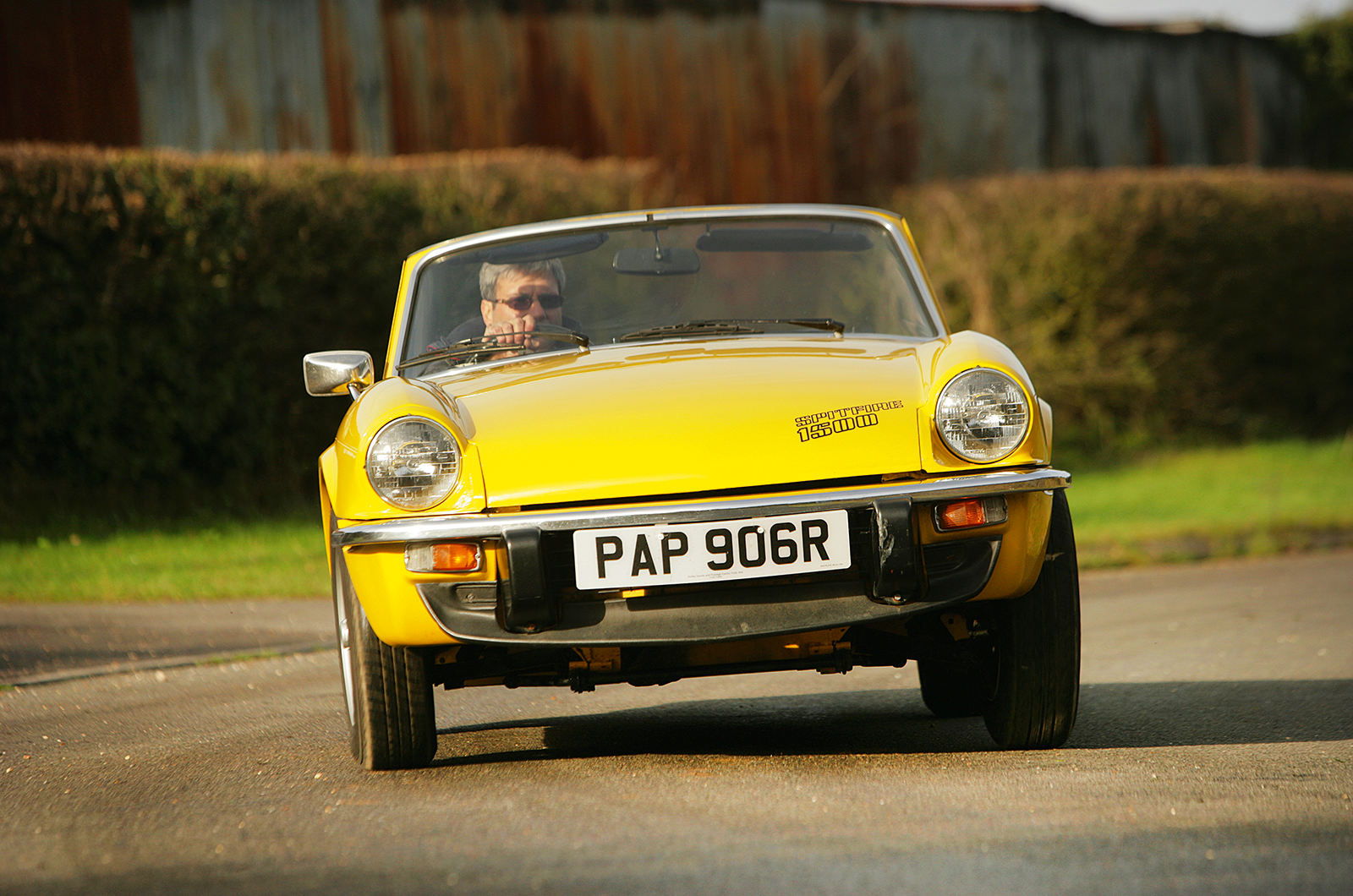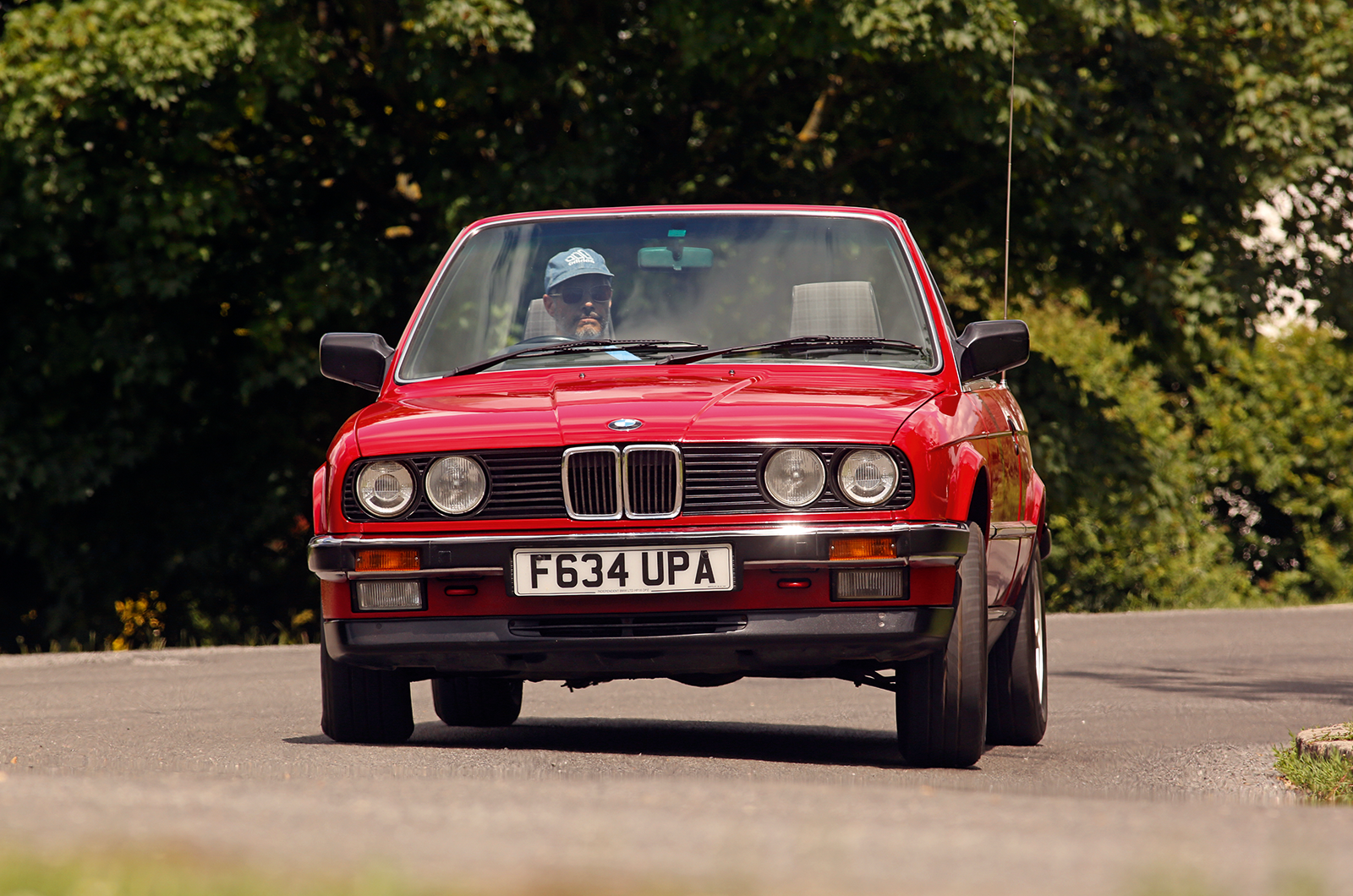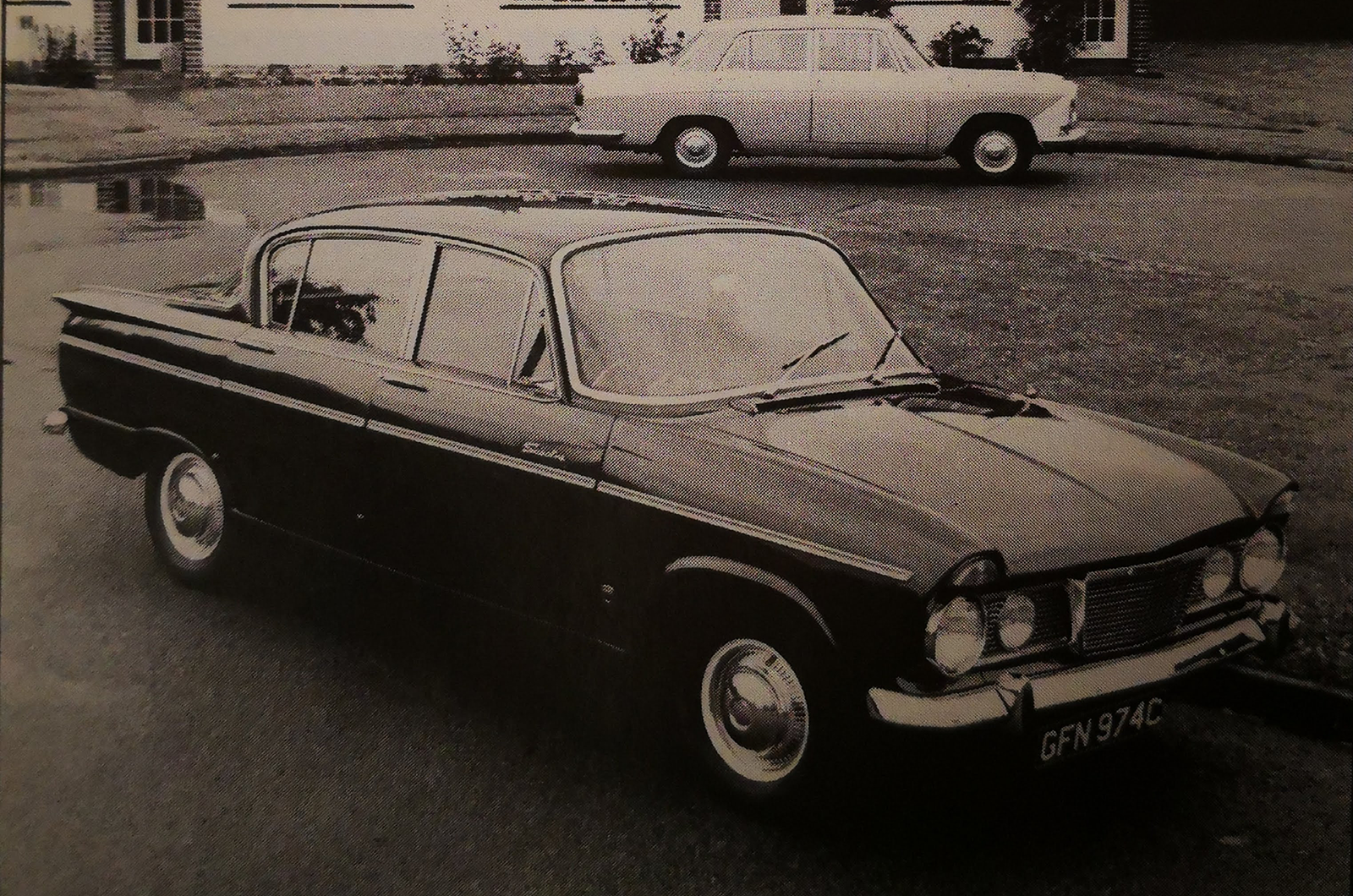They’re not entirely without problems in terms of rust, either, but there’s good club and specialist support and they’re more manageable than the earlier (and similarly cheap) Rover P4.
The ’60s versions with chrome grille and ribbon speedo are the most fancied, but the ’70s ‘chip cutter’ models (latterly renamed as the 2200) are not to be dismissed either.
10. Fiat 500 and 600
It’s hard to ignore the appeal of a classic 1957-’65 Fiat 500 (pictured) at £5000, but most of the ones you’ll find are left-hand drive and might scare you off when you get behind the wheel.
Frankly, the driving experience is more akin to that of garden machinery than a motor car as we know it today, with barely noticeable acceleration and lots of noise and vibration from its twin-cylinder engine.
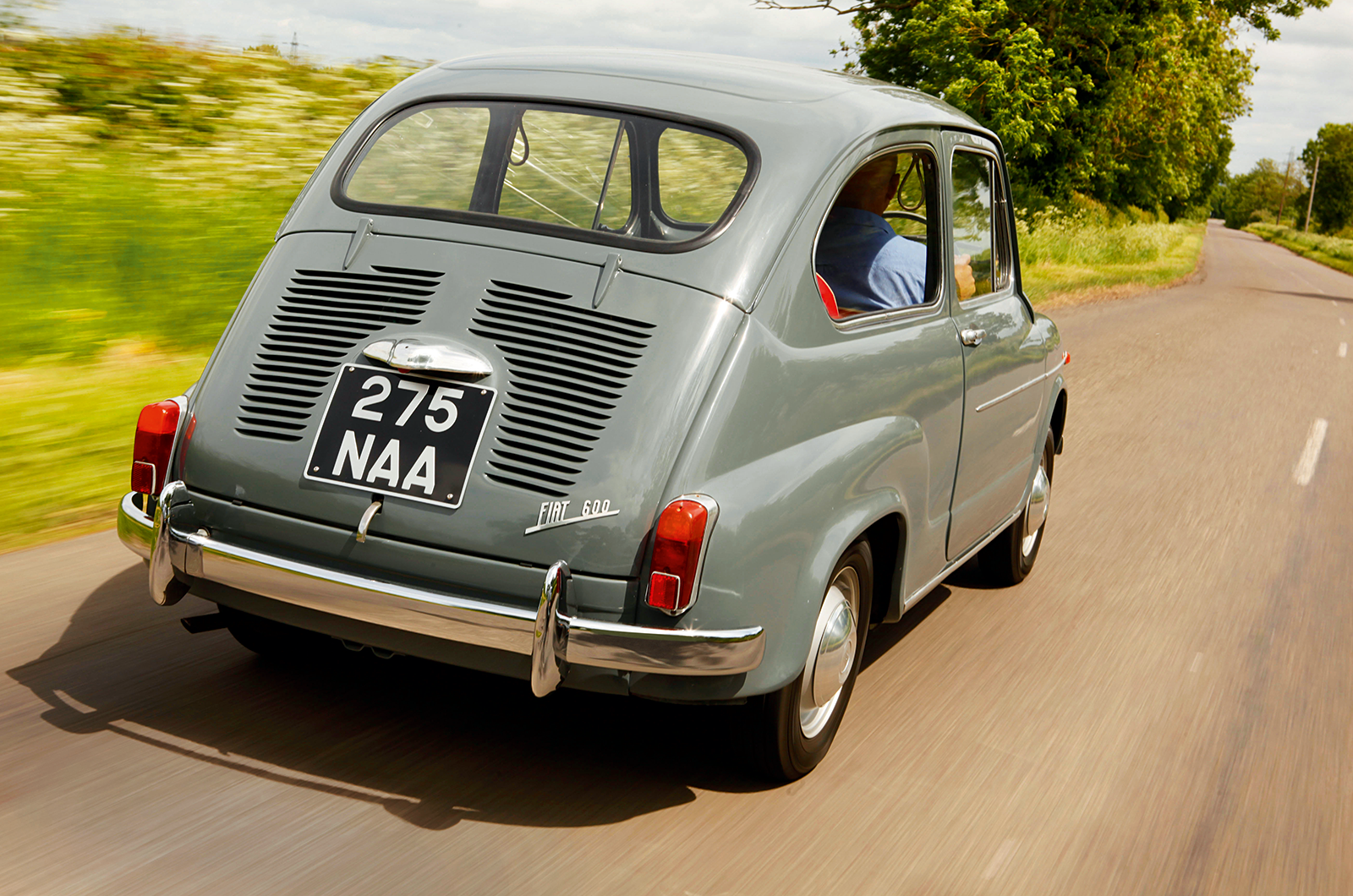
Much more grown up, and almost as cute, is the 600 (pictured above), with its four water-cooled cylinders and a top speed in the 60s.
These are quite a bit less numerous in the UK, of course, but if you follow the rear-engined Fiat line of thought there’s always the notchback 850, which is a significant step up in refinement and probably has the best handling of all the rear-engined ‘people’s cars’. Though harder still to find, they do tend to come cheaper.
Front-drive Fiats of the ’70s generation (127/128) are rarely seen, but you might instead dig out a first-generation Fiat Panda with origami styling and hammock seats, itself now a 40-year-old design.
ALSO READ: On the road with the microcar rally
11. Triumph Spitfire
Triumph made plenty of starter classic candidates, including the aforementioned Herald/Vitesse, but for the maximum price-to-enjoyment ratio look no further than the Spitfire.
Based on a modified Herald chassis and designed by Michelotti, the Spitfire has a breezy, fun feel that still appeals nearly 60 years after its introduction in 1962. No, there’s not much power beneath the bonnet, but it’s light enough to offer sporty performance regardless.
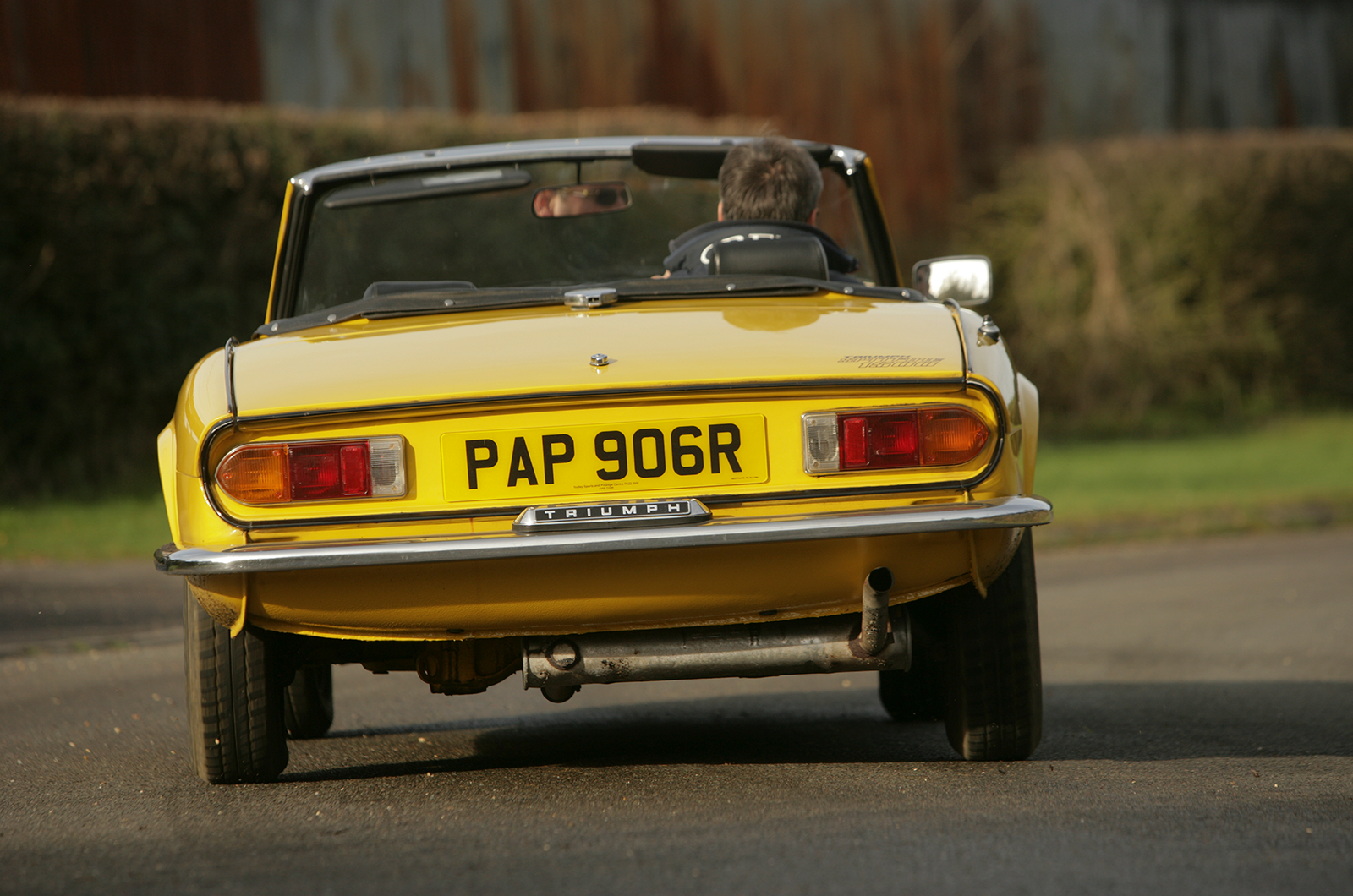
Better still, plenty of them have survived and you can buy one today for as little as £2000, if you go for one of the less collectable 1500 models (pictured); early cars are quite sought after and will you set you back £15-20,000 or even more.
The handling on the original swing-axle rear suspension wasn’t a strong point, but that got better from the 1970 MkIV onwards and as with the Herald, all models are easy to work on, even for a relative novice. One note of caution, though: they rust for fun, so inspect carefully before you buy.
ALSO READ: Buyer’s guide: Triumph Spitfire
12. BMW 3 Series E30
With BMWs of earlier generations seemingly either hard to find or commanding the sort of money that hardly squares with the ‘starter classic’ ethos, we have to look to the ’80s models to find good cars in decent supply at sensible prices.
Of these, the ever-popular E30 3 Series seems the best bet, particularly if you restrict yourself to ‘cooking’ 316 and 318 versions that have led gentle lives in the hands of well-heeled, elderly owners: you might even find a convertible, such as the pictured 325i.
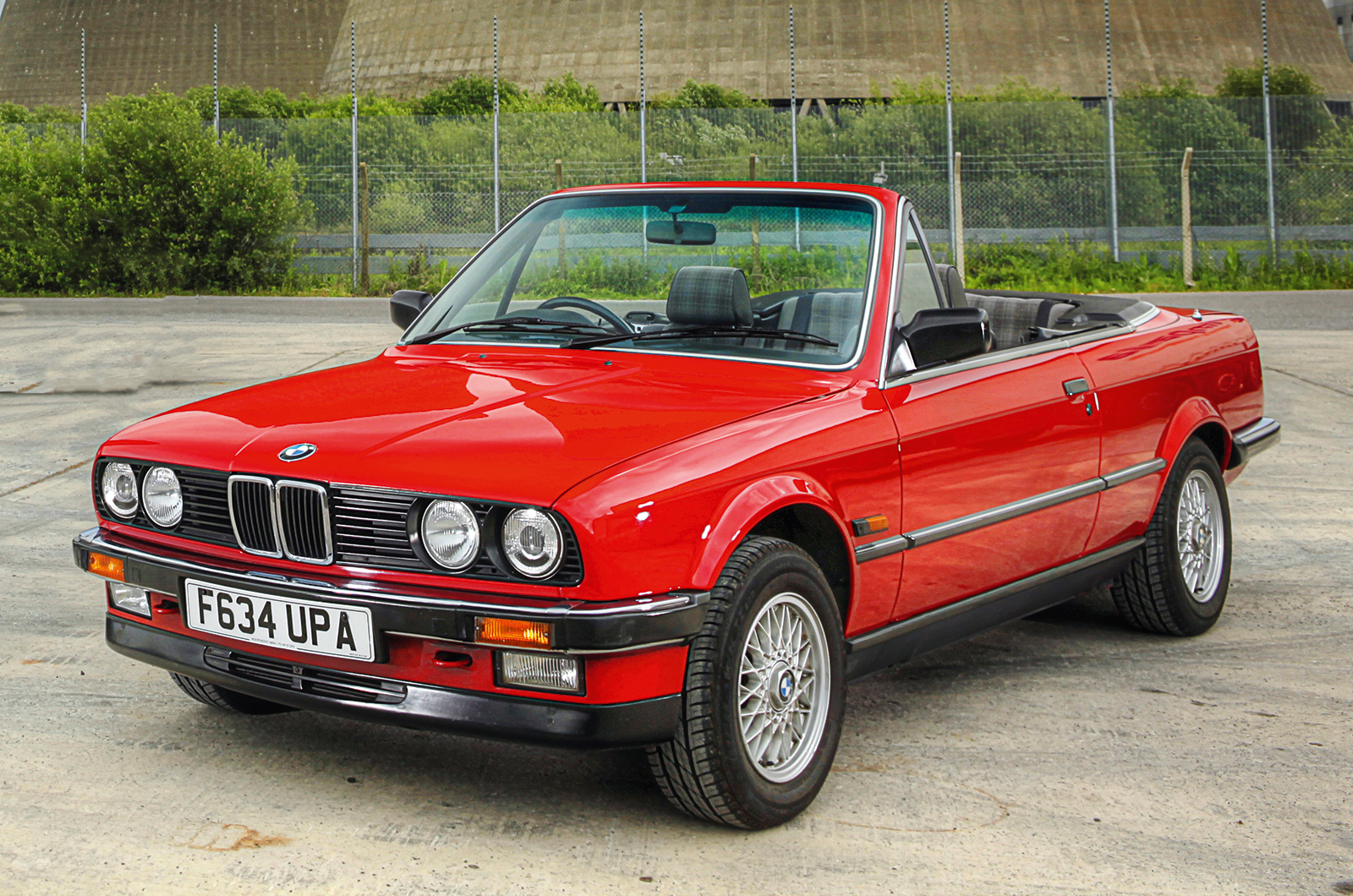
BMW got on top of its rust problems for the most part and these were cars that ably perpetuated the German marque’s reputation for producing well-built machines of restrained appearance that were good to drive even in their most ‘poverty’ form.
ALSO READ: Buyer’s guide: BMW E30 3 Series
13. Humber Sceptre 1963-’67
Rootes cars tend to be somewhat forgotten now, but they were nicely styled and considered a cut-above your Fords and Austins back in their day.
Of the ’60s four-cylinder cars, the Humber Sceptre (pictured above), based on the much more utilitarian Super Minx, was the most glamorous, with its swept-back roofline, quad headlights and sporty dash. The Sceptre has something of the appeal of a Rover P5B coupé, but they’re cheaper to run and start at only £5000 for a nice one.

If you’re going down the ‘Rootes route’ but aren’t entirely convinced by the Sceptre then there’s plenty of variety elsewhere, and much of it available for sensible prices.
We’d place the Sunbeam Rapier (MkIV pictured above) near the top of the list: whether in hardtop, convertible or the later fastback H120 form, these are fun and affordable classics that hark back to a different era and are all the better for it.
14. Volkswagen Beetle 1970-’77
Though lacking the charm of the 1950s and ’60s cars (which tend to command strong money), the ’70s 1302/1303/1303S Beetles with the wraparound windscreens are faster and easier to live with.
What’s more, they survive in sufficient numbers that they look cheap next to Minis and almost anything with a Ford badge from the same period. They’re also, arguably, preferable to any of the two-cylinder Citroën family.
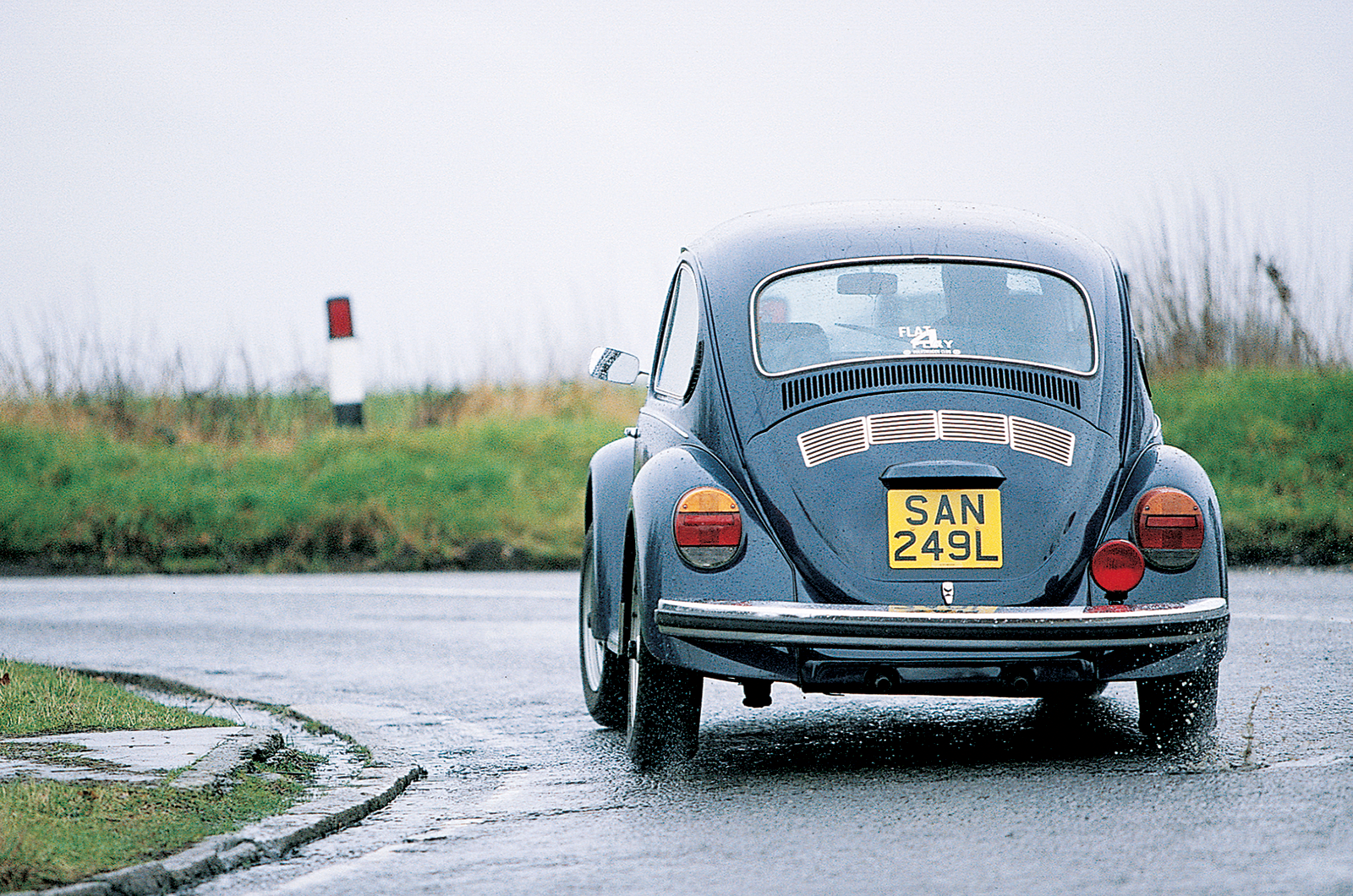
Though not universally loved, the Beetle is undeniably reliable – as long as you resist the urge to tune them – nicely made and different enough in look, sound and feel to have strong classic appeal.
Braver buyers might also like to look at Hillman Imps and rear-engined Renaults if they really want to be distinctive.
Images: Tony Baker
Additional photos: Julian Mackie, Malcolm Griffiths
READ MORE
20 appreciating classics and what you should pay for them
20 undervalued classics from the 1970s
19 undervalued classics from the 1980s
10 Euro cars that were better than their British rivals
Martin Buckley
Senior Contributor, Classic & Sports Car
